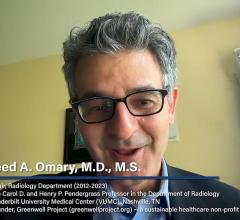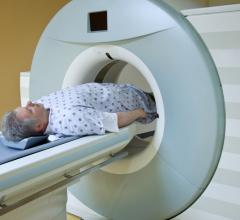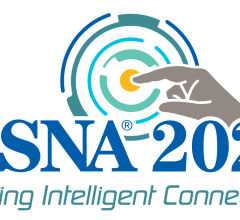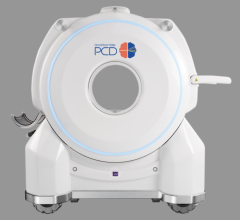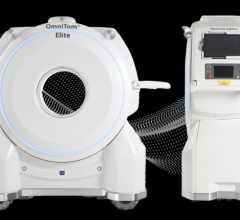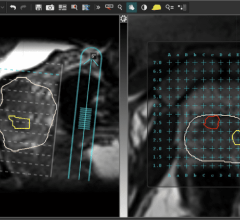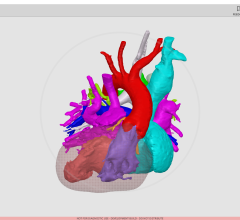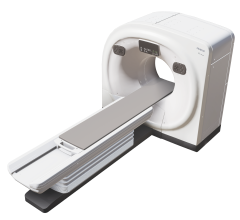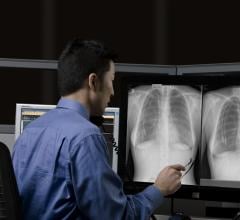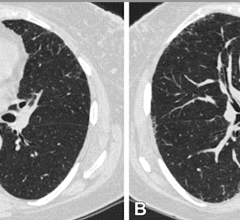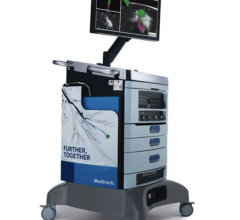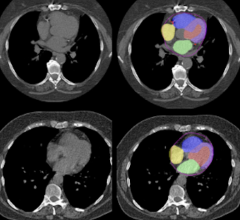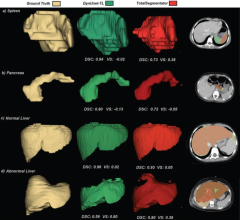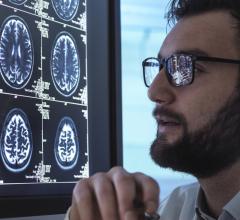Contributing Editor Greg Freiherr offers an overview of computed tomography (CT) advances at the Radiological Society of North America (RSNA) 2015. The video includes Freiherr during his booth tours with some of the key vendors who were featuring new technology.
Technology Report:
Computed Tomography (CT)
Related Content
Feature | Computed Tomography (CT) | By Melinda Taschetta-Millane
In the ever-evolving landscape of medical imaging, computed tomography (CT) stands out as a cornerstone technology.…
Videos | Radiology Business
Find actionable insights to achieve sustainability and savings in radiology in this newest of ITN’s “One on One” video…
July 24, 2024 — Telix Pharmaceuticals Limited announced that the United States (U.S.) Food and Drug Administration (FDA…
Sponsored Content
Sponsored Content
Videos | Radiology Business
Radiology departments have many different needs and face a wide variety of challenges that can impact their departments ...
News | RSNA
July 23, 2024 — Professional registration is open for RSNA 2024, the world’s largest radiology forum. This year’s theme…
News | Artificial Intelligence
July 22, 2024 — Healthcare artificial intelligence (AI) systems provider, Qure.ai, has announced its receipt of a Class…
News | Computed Tomography (CT)
July 18, 2024 — NeuroLogica Corp, a subsidiary of Samsung Electronics Co. Ltd., announced its latest configuration of…
Sponsored Content
Feature | Breast Imaging
Despite decades of progress in breast imaging, one challenge continues to test even the most skilled radiologists ...
News | PET-CT
July 16, 2024 — A new research paper was published in Oncotarget's Volume 15 on June 20, 2024, titled, “Comparison of…
News | Computed Tomography (CT)
July 15, 2024 — NeuroLogica Corp, a subsidiary of Samsung Electronics Co. Ltd., announced its latest configuration of…
News | Prostate Cancer
July 11, 2024 — GE HealthCare’s MIM Software, a global provider of medical imaging analysis and artificial intelligence…
Sponsored Content
Sponsored Content
Videos | Radiology Business
Bayer Radiology’s Barbara Ruhland and Thom Kinst discuss how radiology departments can address the many different ...
News | Pediatric Imaging
June 25, 2024 — Rady Children’s Hospital-San Diego, one of the nation’s top pediatric health care systems, today…
News | Computed Tomography (CT)
June 25, 2024 — Fujifilm Healthcare Americas Corporation, a leading provider of diagnostic and enterprise imaging…
News | Artificial Intelligence
June 18, 2024 — The advancement of Artificial Intelligence (AI) in healthcare to support diagnostic decision making,…
Sponsored Content
Case Study | PACS
eHealth Saskatchewan plays a vital role in providing IT services to patients, health care providers, and partners such ...
News | Artificial Intelligence
June 5, 2024 — Nano-X Imaging, an innovative medical imaging technology company, today announced that its deep-learning…
News | Radiology Business
May 29, 2024 — Strategic Radiology added a third California member to the nation’s leading coalition of independent…
News | Lung Imaging
May 24, 2024 — Smokers who have small abnormalities on their CT scans that grow over time have a greater likelihood of…
News | Radiology Business
May 22, 2024 — Medtronic has announced new preliminary data from the VERITAS clinical study using its ILLUMISITE…
News | Artificial Intelligence
May 15, 2024 — Heart disease is the leading cause of mortality in the U.S., accounting for one out of every five deaths…
News | Pediatric Imaging
May 15, 2024 — Transfer learning (TL) models trained on heterogeneous public datasets and fine-tuned using…
News | Radiology Business
May 14, 2024 — University Hospitals (UH) and Siemens Healthineers announce a 10-year strategic alliance that builds on…
News | Treatment Planning
May 6, 2024 — Elekta announced the acquisition of Philips Healthcare’s Pinnacle Treatment Planning System (TPS) patent…
© Copyright Wainscot Media. All Rights Reserved.
Subscribe Now

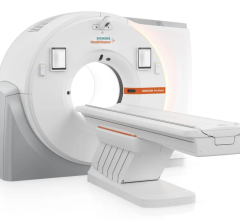
 July 30, 2024
July 30, 2024 
